For many of us, the question isn't whether to have a TV and fireplace, but how to make them work together in the same room. While fireplaces remain a cherished architectural feature, TVs have become just as essential to our daily lives. This creates a common challenge: finding the right spot for both.
This guide helps you navigate the challenges of placing your TV in a fireplace room. You'll learn practical solutions that fit your space, viewing habits, and room layout while maintaining the charm of your fireplace. Whether you're planning a renovation or arranging a new space, you'll find options that work for your needs.
Factors to Consider Before Deciding
Your TV placement affects how you arrange all your furniture. A poorly placed TV can create awkward seating or block paths through the room. Take time to evaluate your space and needs before making any changes.
- Fireplace Status: Is your fireplace functional or purely decorative? A new or renovated fireplace gives you more options.
- Building Limitations: Look for fixed elements like built-in shelves, windows, or architectural details that limit placement.
- Room Dimensions: Measure your room and available wall space. Larger rooms offer more flexibility.
- Room Function: Is the room primarily for watching TV, or for conversation and other activities?
- Desired Look: Do you want the TV to be a focal point or hidden when not in use?
- Budget: Consider costs for mounting hardware, custom furniture, or hiring professionals to hide cables.
Common TV Placement Options
When placing a TV in a room with a fireplace, you have several common layout options. Your choice will affect both viewing comfort and how well you can enjoy the room.
Option 1: Placing the TV In Front of the Fireplace
You can place your TV on a media console directly in front of an unused fireplace. This setup works best when you've intentionally decommissioned your fireplace or if it's no longer functional.
Pros
- You get the best viewing spot in the room, especially if the fireplace area is already the focal point
- It's a practical solution when other walls don't offer enough space
- Your TV sits at the perfect eye level on a standard-height console
Cons
- This only works with non-working fireplaces due to heat and safety concerns
- The setup can look temporary if not done well
- You'll need to cover the fireplace opening for a clean look
How to Make It Work
First, verify your fireplace is completely decommissioned. Next, focus on making the setup look purposeful. Choose a media console that fits the width of your fireplace opening and matches your room's style. You can improve your appearance by:
- Installing a decorative screen or panel to cover the fireplace opening
- Using a console with closed storage to hide cables and equipment
- Adding decor elements that tie the console to your room's design

Option 2: Above the Fireplace
This is the most common and space-saving solution. It establishes a clear vertical focal point and works well in rooms with limited wall space. However, it requires careful consideration to be done right.
Key Consideration 1: Viewing Height and Neck Strain
Placing a TV too high is a classic design mistake that can lead to uncomfortable viewing and neck strain.
- The Rule of Thumb: The center of your TV screen should be as close to eye level as possible when you're seated.
- Solutions: Use a tilting wall mount to angle the screen downwards, or arrange your seating further back.
Key Consideration 2: Heat Damage
Heat is the enemy of electronics. A working fireplace can produce significant heat that rises and can damage your TV over time.
- Test the Heat: Tape a thermometer to the wall where you plan to mount the TV and run your fireplace for a couple of hours. If the temperature exceeds the TV manufacturer's recommended operating range, it's not a safe spot.
- Solutions: A thick, properly installed mantel can act as a heat shield, or recessing the TV into an alcove.
Key Consideration 3: Wire Management
Visible, dangling cords can ruin the clean look of this setup. After you've chosen your spot, learning how to hide cords behind TV stand will give your entertainment center a professional finish. Deciding between furniture and a bracket involves weighing aesthetics against functionality; for a deeper dive, consider the pros and cons of a TV stand vs wall mount.

Option 3: Next to the Fireplace
Placing your TV beside the fireplace means mounting it on the same wall, either directly on the wall or setting it on a media console. This setup creates a balanced arrangement that keeps both elements accessible and functional.
Pros
- You can position your TV at the optimal viewing height (eye level when seated), which reduces neck strain and improves overall comfort
- The fireplace remains a unique architectural feature and maintains its role as a prominent focal point in your room
- You get to utilize the valuable built-in storage and display space around the fireplace for decorative items, family photos, or seasonal decor
Cons
- This layout requires substantial wall width to properly accommodate both the fireplace and TV without making the space feel cramped or overcrowded
- Achieving proper visual balance can be challenging - you'll need to carefully consider how to balance elements on either side of the TV with those around the fireplace
- There's a risk of creating two competing focal points on the same wall if the arrangement isn't planned thoughtfully
- The room's furniture layout needs to work for both elements, which may limit your seating arrangement options
How to Make It Work
To create a balanced look, start with a TV console or shelving unit that matches the height and style of your fireplace. Add artwork or decorative items around the TV area to balance the visual weight of the fireplace.
For the best viewing experience, consider installing a swing-arm TV mount that lets you adjust the angle as needed. Keep the overall design cohesive by using similar colors and materials on both sides of the wall.

Option 4: On the Opposite Wall
Placing your TV on the wall opposite your fireplace is a popular choice that creates two distinct focal points in your living room.
Pros
- Setting up separate zones for TV viewing and fireplace enjoyment makes your space more functional, allowing family members to engage in different activities without interference.
- By placing furniture directly facing the TV, you can create an optimal viewing setup that meets recommended distance and height guidelines for comfortable watching.
- Using opposite walls for your main focal points can make your room feel more spacious, as the visual weight is distributed evenly across the space.
- Without TV equipment on the fireplace wall, you have freedom to showcase architectural details, artwork, or elegant mantel decorations that enhance your room's style.
Cons
- Natural light from windows near the fireplace can create distracting glare on your TV screen, while the separate focal points might make your room feel disjointed without careful planning.
- The main seating area typically faces away from the fireplace, requiring additional furniture pieces to accommodate both viewing areas and potentially crowding your space.
- Having two competing focal points forces people to choose between watching TV and enjoying the fireplace, which can disrupt the natural flow of social gatherings.
How to Make It Work
To create a cohesive space, focus on flexible furniture arrangements. Use swivel chairs or lightweight seating pieces that you can easily move to face either the TV or the fireplace. This adaptability helps your room serve multiple purposes throughout the day.
Keep your design elements consistent between both areas to maintain visual harmony. Use similar colors, patterns, and textures throughout the space. An area rug can help define your seating arrangement while connecting both sides of the room.
Make your fireplace wall attractive from all angles, as it will often be viewed from behind the seating area. Choose decor that looks good from any direction, and ensure your mantel styling complements the overall room design.
Option 5: Corner Placement
Setting your TV in a corner can be a smart solution for rooms with fireplaces. You can place it in any corner that works best with your seating arrangement, either next to or across from the fireplace.
Pros
- Corner placement makes efficient use of traditionally underutilized space, giving you more options for arranging the rest of your furniture
- Mounting the TV at eye level is easier in corners, reducing neck strain during viewing sessions
- In compact living rooms where wall space is limited, corner placement helps maximize the available space
- This setup maintains the fireplace as the room's centerpiece while creating a balanced entertainment area
Cons
- The angular positioning can make some rooms feel smaller or more segmented than when using traditional flat-wall placement
- You'll need to invest in specialized corner TV stands or specific wall mounting brackets designed for corner installation
- Corner placement might appear less intentional compared to built-in solutions or central wall mounting
How to Make It Work
Position your main seating at a 30-45 degree angle to the TV for optimal viewing. Leave clear pathways around furniture for easy movement through the room.
If you have a corner fireplace, you'll have more wall space available for TV placement. An articulating mount can help you adjust the screen angle for different seating arrangements.
Before installation, measure your corner space and consider the TV size that will work best. Leave enough room for proper ventilation around your TV and any related equipment.

This Russel Floating Corner TV Stand has a maximum weight capacity of 100 pounds and is perfect for TVs under 50 inches.
Tips for Reducing Glare and Reflections
Dealing with screen glare and reflections is a common challenge when positioning a TV in a living room, especially one with multiple windows and a fireplace. These reflections can significantly impact your viewing experience by washing out the picture and causing eye strain.
Strategic Placement
The most effective solution starts with careful positioning. Try to mount your TV perpendicular to windows rather than directly across from them. This simple adjustment can dramatically reduce direct glare from natural light sources, especially during peak viewing hours.
Window Solutions
Installing adjustable window coverings provides essential light control. Consider cellular shades, blackout curtains, or motorized blinds that can be easily adjusted throughout the day. These solutions offer flexibility while maintaining your room's aesthetic appeal.
Screen Type Choice
When selecting a TV, consider that matte or semi-matte screens typically handle reflections better than glossy ones. While glossy screens offer superior color vibrancy, they can be problematic in bright rooms. Modern anti-reflective coatings provide some help but aren't always a complete solution.
Tilting Mounts
A tilted mount can be particularly effective in rooms with high windows or bright ceiling lights. Even a slight downward angle can redirect annoying reflections away from your viewing position.
Ambient Lighting Control
Finally, invest in dimmable lighting fixtures throughout the room. This allows you to create optimal viewing conditions while maintaining enough ambient light to prevent eye strain from excessive contrast between the screen and surrounding darkness.
How to Make Your TV Work with Your Decor
Finding the right spot for your TV is just the first step. You also need to make sure it looks good with your fireplace and overall room design. Here's how to create a setup that's both functional and visually appealing.
Balancing Visual Weight
You don't want your TV or fireplace to overwhelm the room. The key is to create balance. When you place your TV next to the fireplace, add elements on the other side to even things out. You can use:
- Built-in bookshelves
- Matching benches
- A substantial media console
- Carefully arranged artwork
- Decorative items of varying heights
Camouflaging the "Black Box"
Here are three effective ways to make your TV less noticeable:
- Paint the wall behind your TV in dark colors like charcoal gray or navy blue
- Create a gallery wall that includes your TV among artwork and photos
- Consider a Frame TV that displays art when not in use
Coordinating with Decor
Your TV setup should match your room's style. Keep these points in mind:
- Pick a media console that matches your fireplace area's style and materials
- Add plants, books, or decorative items around the TV to soften its tech feel
- Make sure your TV size fits well with your fireplace - neither should overpower the other
Remember to think about scale. A TV that's too big or small compared to your fireplace will look out of place.
Finding the Perfect TV Stand for Your Layout
Once you've chosen your layout, the right TV stand is the key to bringing it all together. It's not just furniture; it's the anchor for your setup. Before you choose a style, the first step is always determining the right dimensions. Our comprehensive TV stand size guide can help you find the perfect fit.
Here are three of our top stands, each perfectly suited for a different fireplace layout:
1. For "In Front of the Fireplace": Mint Low Profile Wood TV Stand
This modern farmhouse TV stand combines versatile utility with a stunning rustic design. Its low-slung, geometric shape provides a clean, eye-level viewing experience, making it the ideal choice for placing in front of a decorative fireplace without overwhelming the space.
Why You'll Love It:
- Supports TVs up to 75 inches and 90 pounds.
- Features two large slatted drawers and an adjustable open shelf for ample storage.
- Natural wood grain finish enhances any room with a rustic, modern aesthetic.
- Integrated cable management cutouts keep wires neat and untangled.
- Sturdy, reinforced frame ensures long-lasting durability.
2. For "Corner Placement": Russel Floating Corner TV Stand
Transform an underutilized corner into a sleek, modern media hub. This floating stand maximizes floor space while providing a sturdy and elegant platform for your electronics. Its minimalist design is the perfect space-saving solution for smaller living rooms or awkward layouts.
Why You'll Love It:
- Space-saving design fits perfectly in any corner.
- Durable construction holds a maximum weight of 100 pounds.
- Three open compartments offer convenient storage for devices and decor.
- A built-in cutout in the back provides clutter-free cable management.
- Stylish trapezoid silhouette creates a clean, floating aesthetic.
3. For Ultimate Coziness & Style: Sofia Mid Century Modern TV Stand with Fireplace
Embrace mid-century modern elegance with the Sofia TV stand. Its sophisticated slatted doors and curved edges house a cozy 23" electric fireplace, creating a warm, inviting, and stylish focal point that offers ample storage and advanced safety features for your home.
Why You'll Love It:
- Features a 23" electric fireplace with lifelike flames and remote control.
- Sophisticated mid-century design with modern slatted doors and curved edges.
- Ample storage includes two cabinets with adjustable shelves and two open shelves.
- Advanced safety features include overheat protection and CSA/UL certification.
- Robust construction supports up to 70 pounds with silent-close door hinges.
FAQs
Where should a TV go in a living room with a fireplace?
Choose among three alignments: same wall, opposite walls, or perpendicular. Keep the screen center close to seated eye level. Avoid over-mantel installs if the wall gets hot.
Can I put a TV in front of a fireplace?
Not in front of a working fireplace. In front of a sealed or unused firebox, yes—line up the cabinet with the opening and hide cables inside.
Is it okay to put the TV and fireplace on opposite walls?
Yes. It gives straight sightlines to the screen. Reduce glare with blinds and add a pair of swivel chairs so guests can turn toward the fire.
How high should a TV be above a mantel?
As low as heat and mantel depth allow. A tilt mount helps aim the screen down toward your eyes.
Can a TV share the same wall with an electric fireplace?
Yes, if you follow the product clearances and keep vents open. A deeper mantel or heat shield is a simple safeguard.
Design Your Dream Fireplace & TV Area
Finding the right spot for your TV in a room with a fireplace isn't a one-size-fits-all task. The best solution depends on your room's layout, your lifestyle, and your personal aesthetic.
By considering the options we've outlined—whether it's the modern approach of placing it in front, the classic setup above the mantel, or a balanced corner arrangement—you can overcome this design dilemma.
The final piece of the puzzle is choosing the right furniture to support your vision. With careful planning and the perfect TV stand, you can create a living room that's both practical and beautiful.
Related Reading:

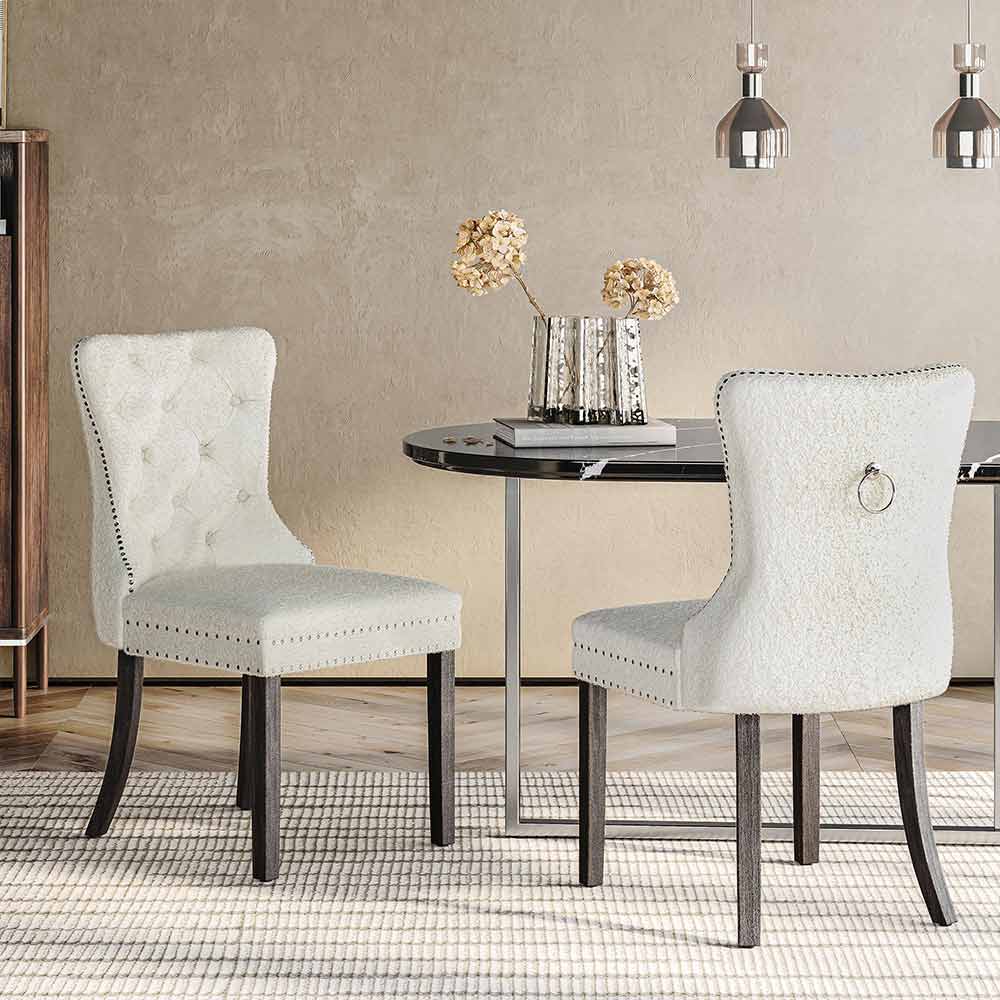


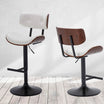
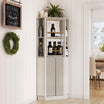

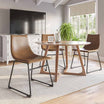

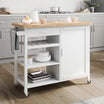
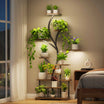
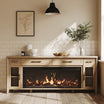
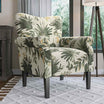
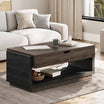



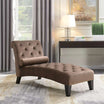
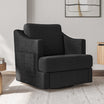

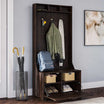
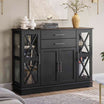

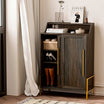
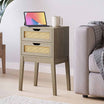
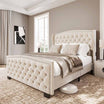


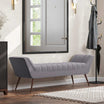
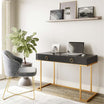

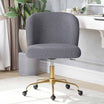

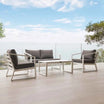
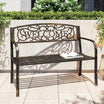
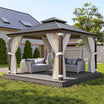
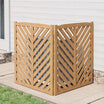
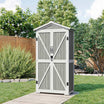

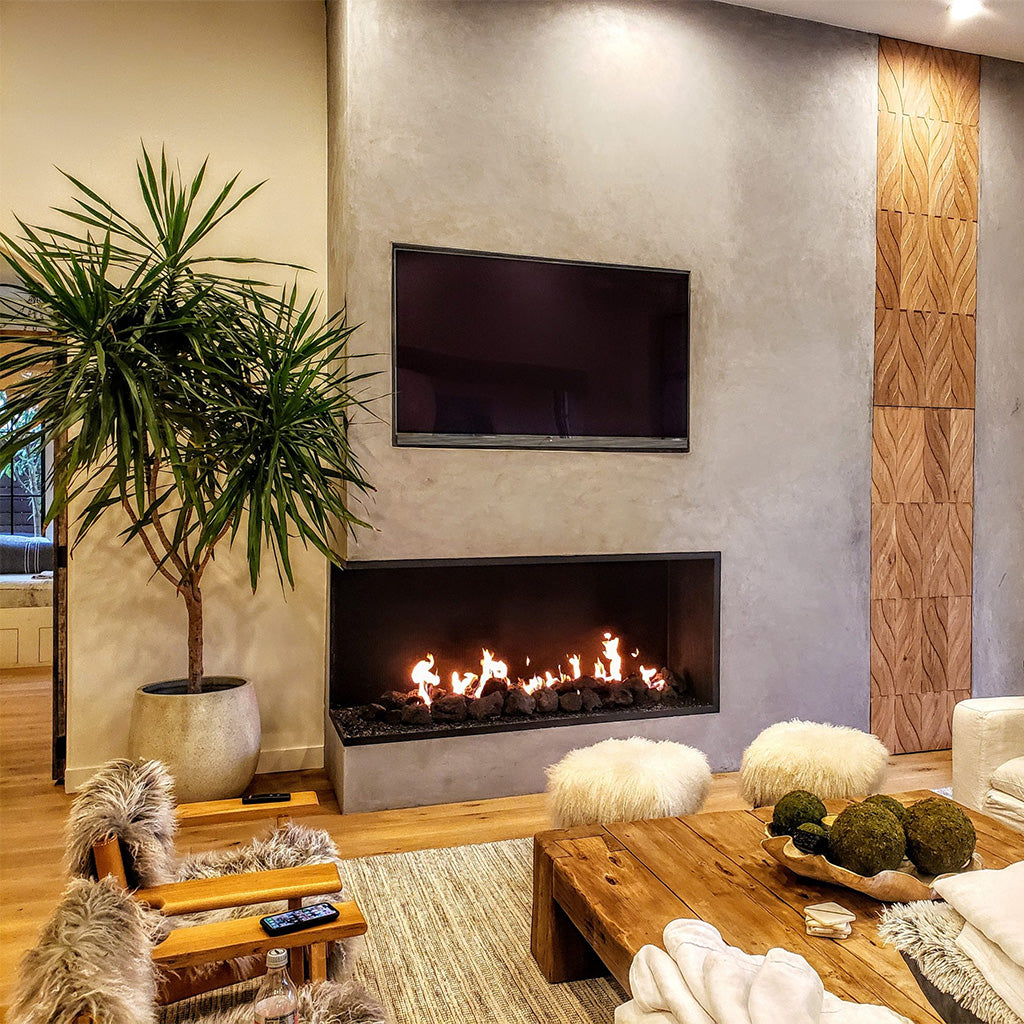

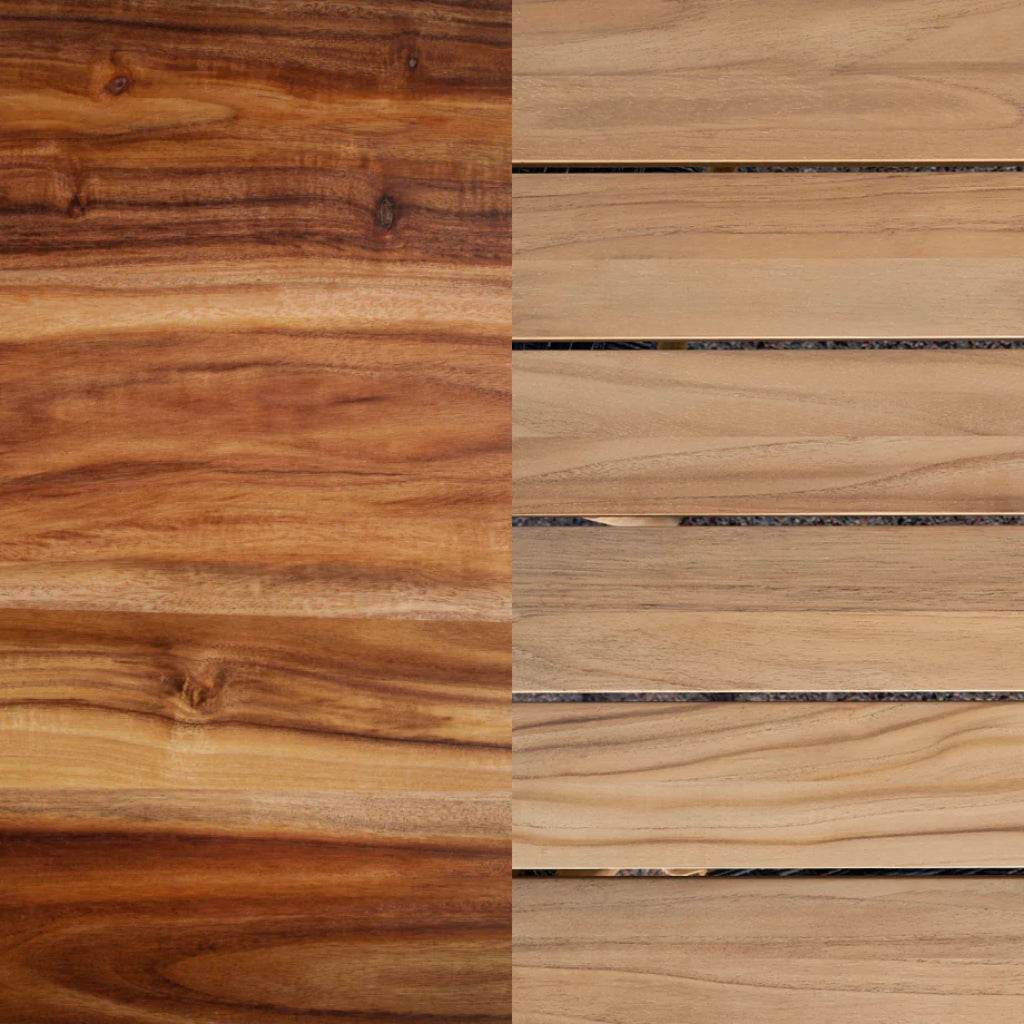
Leave a comment
This site is protected by hCaptcha and the hCaptcha Privacy Policy and Terms of Service apply.